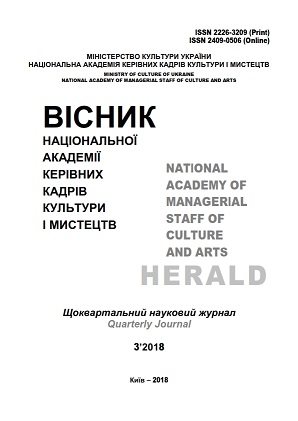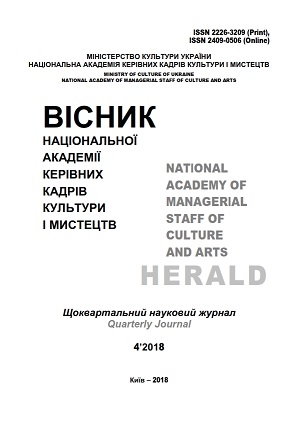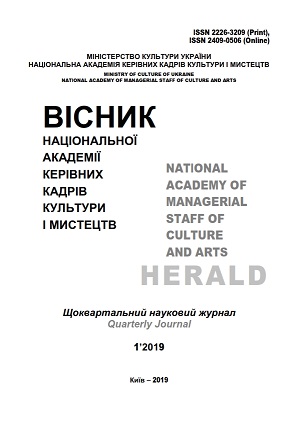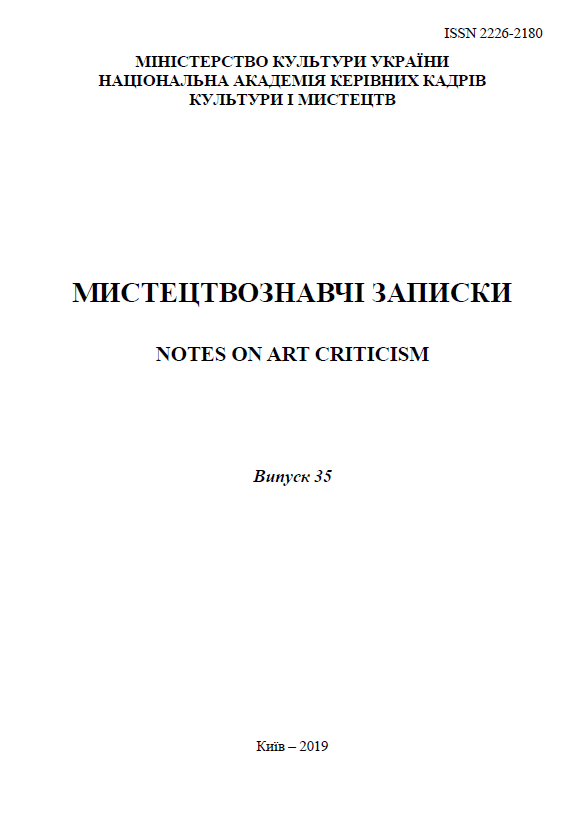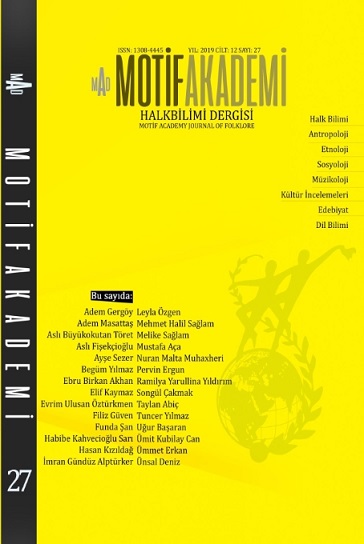
KONSER SALONLARINDAN RADYO STÜDYOSUNA (1927): CUMHURİYET DÖNEMİNİN İLK TÜRK MÛSİKİSİ RADYO SANATÇILARI VE İLK RADYO KONSERLERİ
In the early years of the Republican era (the 1920s), concerts and music programs were often organized in concert halls, night-clubs, schools, restaurants, coffeehouses, squares and parks, as well as in mansions and houses. The audience of these music activities, that were mainly held in Istanbul, was limited only to the current audience. However, the debut of regular broadcasts at Istanbul Radio on May 6, 1927 facilitated the access of this limited audience to all kinds of music programs such as Alaturka, Alafranga, folk music and jazz throughout the country. While the radio broadcasts provided many listeners with the opportunity to listen to the vocal and instrumental performances of famous music performers, who had been never or hardly heard about, on the radio on the one hand, they also provided the opportunity for them to familiarize with the forms of Western music they had not been able to listen to before. In addition, radio broadcasts were the most ideal means for the cultural policies of the Republican era to reach their goal of accustoming the ears of the people to Western music. This study focuses on the artists who took part in the Turkish music programs, the content of Turkish music programs in Radio concerts and the composers whose works were performed in the early period of Istanbul Radio, which was established in 1927. Within the scope of this study, the broadcast programs of the early period (1927) of Istanbul Radio were identified, analyzed and described through such documents as books, magazines, newspapers, photographs and comics obtained through an archive research. In this respect, our research has a descriptive feature, as well. In addition, certain texts written in Ottoman Turkish were transcribed into the Latin alphabet, which is considered a contribution to the literature on the history of Turkish music. Some of the findings of this study are: that in the early period of Istanbul Radio, which is 1927, approximately 80% of its programs consisted of music broadcasts, and Turkish music accounted for the highest rate in these broadcasts with 37.61%; that although Turkish Music programs were mostly performed by Studio Music Groups, duets, triplets or more performers or artists also came together to form different Turkish music performance teams; that Turkish music programs were often made in the form of “fasıl" (Classical Turkish Music performance); that the classical style of the period reflected the market-style performance rather than the classical style; and that Western instruments such as cello, piano and harmonium were also used in Turkish music performances.
More...
